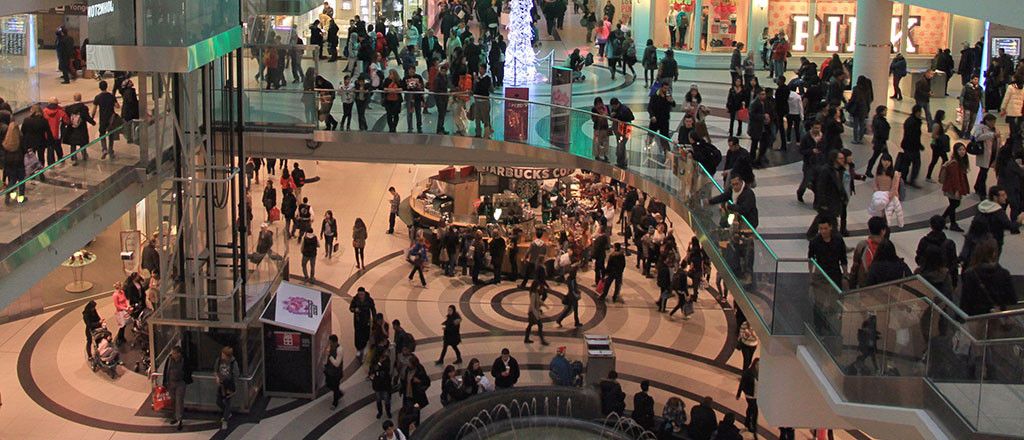When the going gets tough, Camels outlast Unicorns
The Bactrian Camel isn't pretty to the conventional eye. With two oddly large


The shopping mall is ingrained in our culture. American families would look forward to fun weekend outings at the local shopping mall. Malls offered exciting new worlds of wondrous discoveries, where anticipations were magically materialized. But the past two decades have brought about a dramatic reversal of fortunes for malls across the country.
The establishment is pointing fingers at Amazon. The e-commerce behemoth is under attack for putting malls and retailers out of business. Apparently, the "Amazon effect" has shuttered shops and department stores. But billionaire owner of The Grove and The Americana malls, Rick Caruso knows the facts to be contrary.
"Amazon has been great for retail. What Amazon has shown us is a path to success. Competing just on price does not work. You have to compete on knowledge. You have to compete on knowing your customer. You have to compete on being convenient." says Rick.
Mr.Caruso is spot on. Knowledge is derived from insights. Insights are analyzed from data. To serve customers effectively and to grow foot traffic, shopping malls need to innovate rapidly.
At CITYDATA.ai, we meticulously collect, analyze, and closely monitor the privacy-compliant real-world data from shopping malls across America.
Most recently, we studied 33 Westfield properties leading up to their acquisition by European commercial real estate operator, Unibail-Rodamco for $16 Billion USD. We sifted through our accurate location dataset of 11 billion mobile signals to pinpoint the 72 million data points that meaningfully overlapped with the exact locations of these malls.
Our historical geo-analysis showed that foot traffic to Westfield Malls continues to be been healthy, despite a slight decline month over month.

The footfall pattern from mobile location signals nicely mirrored the popular brands and main attractions within each mall. Anchor properties like Apple Stores continued to bring significant traffic to Westfield Malls. In the fast fashion category, Zara fared better than Forever 21, and Express outperformed Banana Republic. Department stores like Nordstrom showed more visits and longer dwell times than Macy's. Luxury brands like Louis Vuitton, Prada, and Saint Laurent barely registered on the footfall scale, but what they lacked in visit counts they made up for in longer dwell times. Premium restaurants like Din Tai Fung surprisingly rivaled the visits seen at Apple Stores, indicating that consumers are indeed looking for malls to provide a complete experience beyond just retail shopping.

The shopping mall is the mainstay of most towns and cities. It brings a sense of social interaction, discovery, and experience that is impossible to achieve online, even with your most advanced VR gadgets.
Amazon recognizes the criticality of physical presence to an overall retail strategy. They are acquiring retail chains and opening brick-and-mortar stores because they know that a hybrid retail model of digital + physical is the only way to succeed.
"Mall-goers today expect to be very well serviced with technology. It is essential that the retailing industry really adapts and blends technology and real estate so they can compete better," shared Westfield co-CEO Steven Lowy in a recent interview with CNBC.
It is about time that our shopping mall operators and retail brands make the right investments in data science, machine learning and AI to innovate their way out of trouble. Our malls need to evolve in order to survive, grow, thrive, and once again become the centers of happiness.